The Straight Scoop on Safety Ratings for Motorcycle Clothing and Apparel
Let’s face it, when you start discussing safety ratings for the clothing you wear while riding, most bikers’ eyes start glazing over. Honestly, they can be hard to understand, and with good reason. Safety standards can be quite technical, and if you aren’t familiar with the terminology, it’s easy to give up and tune out.
But understanding them is important and that’s why we’re going to do our best to give you the straight scoop AND keep it simple – helping you in choosing the best motorcycle gear to meet your needs.
It was back in April of 2018 that motorcycle garments first began to fall under the PPE (Personal Protective Equipment) regulations. This meant that garments sold as protective motorcycle apparel would be officially considered as PPE and requiring testing at an official test site under the strict set of standards that comply with PPE regulations.
The Relationship Between CE-Standards and PPE
If you have been riding for any significant amount of time, you’ve likely heard about or seen the “CE” markings on motorcycle gear.
CE stands for “Confomite Europeenne” (French for European Conformity).
The CE label or marking is a declaration of compliance with the legislation for products sold in the European Economic Area (EEA). You will likely find these products sold outside of the EEA as well here in the US, even though the CE standard isn’t required.
Motorcycle clothing, including impact protectors, is grouped into PPE and has its own specific rules and regulations on how they are used and classified.
Motorcycle clothing for everyday usage falls under the current standard of CE EN 17092. This standard is widely accepted across the EU for motorcycle clothing and certifies a garment has been tested and found to meet or exceed the minimum safety requirements for its intended use.
The Beginning of the Modern Standard
Directive 89/686/EEC had an extensive set of requirements for PPE compliance. However, its requirements were vague, leaving compliance open to interpretation by manufacturers and accredited test institutes. And because it was open to interpretation, didn’t have a specific set of standards pertaining to a specific use, and wasn’t consistent across participating European countries, it couldn’t be an official regulation.
Thus, the creation of EN 13595. First introduced in December of 1989, the EN 13595 PPE standard took almost 5 years to become fully implemented. There are four parts for how a certification could be achieved.
- General requirements
- Test methods for determining the impact abrasion resistance
- Test method for determining burst strength
- Test method for determining cut resistance of an impact
Now, one of the downsides to EN 13595 was that it referred to professional use of motorcycle apparel. (Which meant that most of the motorcycle industry ignored it.)
The interesting thing is that most of us think about professionals as people who race for a living. However, EN 13595 gives some examples of professional riders.
- Letter delivery riders
- Transportation of passengers
- EMS (Emergency Medical Services)
- Vehicle breakdown support
Basically, if you ride a motorcycle to perform your job, your clothes need to meet the EN 13595 Standard to be CE certified. Since the majority of motorcycle clothing was argued as “for leisure”, the standard was typically ignored by the industry.
So, How Did They Address This?
Most turned a blind eye to the EN 13595 PPE Directive, because there was no guarantee or science to back up a claim that the garment lived up to the minimum standards. Instead, riders would buy motorcycle clothing based on a gut assessment of whether they felt or looked safe.
We all know that when it comes to a government making something happen, it can take ages - let alone getting MULTIPLE different governments to agree.
Then, when you add in industry professionals, test-house representatives, and all the other stakeholders, you’re basically watching a snail run a marathon.
Even so, eventually they did manage to come to an agreement, and that agreement was EN 17092.
After years of collaboration WG9 (Work Group 9) a collective of 30 to 40 stakeholders came up with a provisional set of standards for achieving CE certification for leisure motorcycle garments.
The reason behind this was to ensure leisure riders can be certain the garments they wear offer real protection – and they don’t have to have any prior knowledge of materials, construction, or test methods.
How does EN17092 differ from EN 13595?
EN17092 applies to PPE for leisure motorcycle use. Think sport, adventure, and urban riding.
EN17092 also accounts for the different types of riding people will buy them for. For example, most urban and adventure riders are not going to be wearing a full-leather one-piece suit. Even though it’s safer, it’s not very convenient.
That’s why EN 17092 takes into account things like comfort, breathability, waterproofing, flexibility, and more.
All of that while offering the best protection to the rider.
What Gets Tested?
Impact abrasion resistance is one of the biggest differences between the professional rider and leisure rider standards. Though a requirement of both, the difference is in the way each is tested. This test checks if the fabric can withstand an impact and slide abrasion. Using the AART (Advanced Abrasion Resistance Tester) if a hole 5mm (millimeters) or larger is made, the fabric fails. This makes sure the fabric protects your skin.

|
Material |
Pounds to Tear |
Cycles To Tear |
|
Cotton Jeans |
4.5 lbs. |
50 |
|
70 Denier Standard Nylon |
4.5 lbs. |
165 |
|
500 Denier Polyester |
8 lbs. |
180 |
|
200 Denier Standard Nylon |
7.5 lbs. |
275 |
|
500 Denier Cordura |
22 lbs. |
710 |
|
620 Denier Cordura |
35 lbs. |
1200 |
|
New Competition Grade Leather |
80 to 110 lbs. |
1200 to 1700 |
|
1000 Denier Cordura |
110 lbs. |
1780 |
|
Air Mesh Kevlar |
1260 lbs. |
970 |
|
Stretch Kevlar Blend |
420 lbs. |
1800 |

|
Material |
Time to Hole In Seconds Min |
Time to Hole In Seconds Max |
|
Denim |
0.2 |
0.5 |
|
Race Gloves |
0.6 |
|
|
Keprotec Stretch Material |
0.9 |
|
|
Leather Gloves |
1 |
1.8 |
|
Poor Kevlar |
1 |
|
|
Two Layers of Waxed Cotton |
1.3 |
|
|
1.3mm Thick Cowhide |
3.8 |
|
|
Kevlar Plain Weave 2 Layers |
5.6 |
|
|
1.3mm Thick Cowhide 2 Layers |
18 |
|
|
Suede |
18 |
|
|
Boot Leather 2.2mm Thick |
20 |
|
|
Leather Stretch Panels |
20.4 |
|
|
1.3mm Thick Cowhide 3 Layers |
55 |

|
Material |
Distance to Hole Feet & Inches |
Distance to Hole Inches |
|
New Cotton Denim Jeans |
3' 10" |
46 |
|
Senior Ballistic Nylon |
3' 10" |
46 |
|
Leather 0.9mm Thick |
4' 3" |
51 |
|
Fashion Leather 0.5mm Thick |
4' 4" |
52 |
|
Denim 2-Year Old |
4' 5" |
53 |
|
Cordura Nylon 440 |
18' 3" |
219 |
|
Kevlar 29 Aramid Fiber Style 713 |
22' 1" |
265 |
|
Competition Leather 1.9mm Thick |
86' 0" |
1032 |

|
Material |
Revolutions To Failure |
|
Denim 2-Year Old |
168 |
|
New Cotton Denim Jeans |
225 |
|
Kevlar 29 Aramid Fiber Style 713 |
506 |
|
Cordura Nylon 440 |
559 |
|
Leather 0.9mm Thick |
564 |
|
Fashion Leather 0.5mm Thick |
750 |
|
Senior Ballistic Nylon |
817 |
|
Competition Leather 1.9mm Thick |
2600 |
Tear strength test is where a pre-slit specimen is pulled apart and the force necessary to further tear it is measured. This simulates your garment being ripped open by a sharp object and how difficult it is to further rip the fabric.
Seam strength test is designed to test how structurally strong the seams are. It’s important in case you fall off your bike and then slide. You don’t want the seams to tear, thus exposing your body to hard pavement. In this test, a seam (like the one where the sleeve attaches to the body of a jacket) will be measured to see how much force it takes to rip that seam open.
Dimensional stability test assesses garment shrinkage and distortion. To do this a carefully regulated washing machine is used. The garment is washed five times and cannot shrink more than 5 percent, or it fails.
Innocuousness test measures the amount of chemicals and dyes in the garment, ensuring it’s safe to come in contact with your body. It tests the pH to ensure the garment won’t irritate the skin. Additionally, it tests to make sure there’s nothing there that will negatively affect the health of the person wearing that garment.
So, now you are familiar with how they differentiate between Professional and Leisure Personal Protective Equipment for motorcycle riders.
So - is that all there is? The answer is NO. There are specific standards for Armor as well. We will soon share an article that discusses those as well.
As always, did we miss anything? Do you have something to add? Leave a comment below.





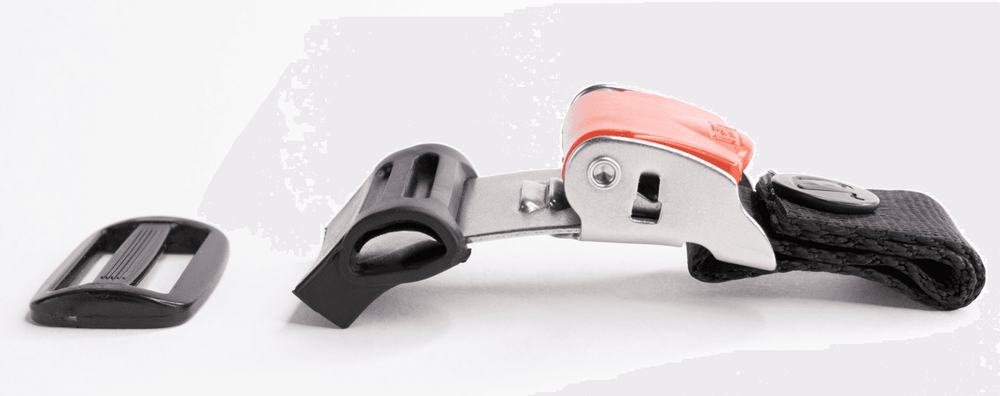
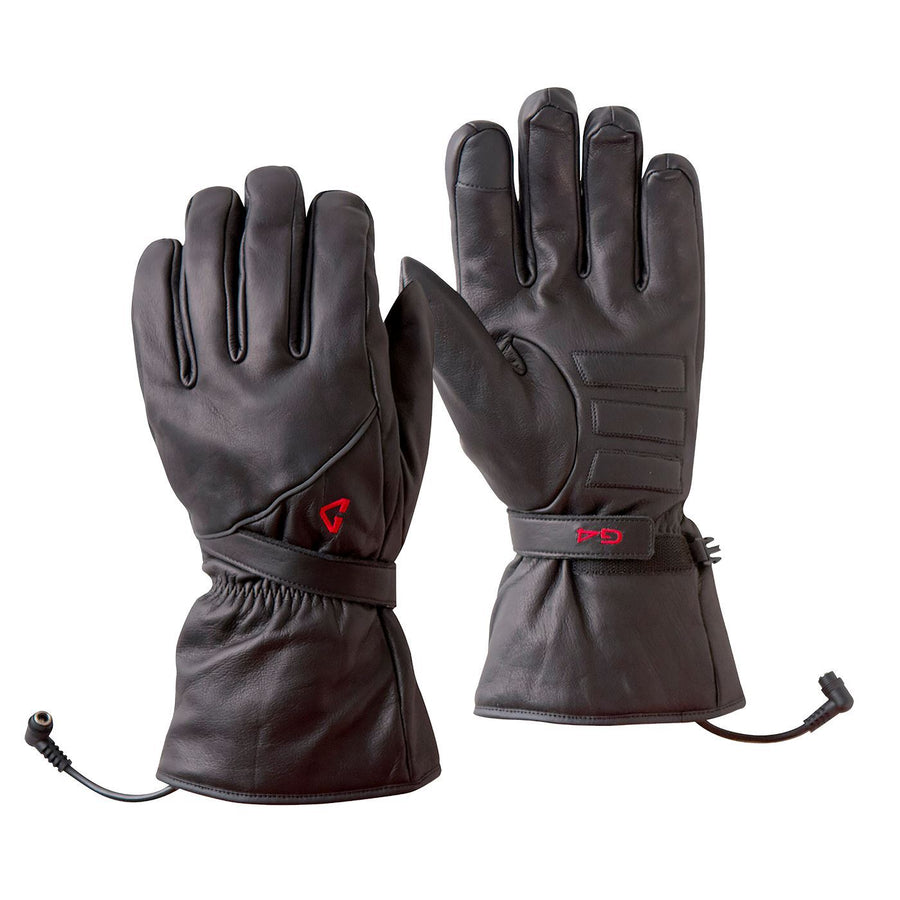

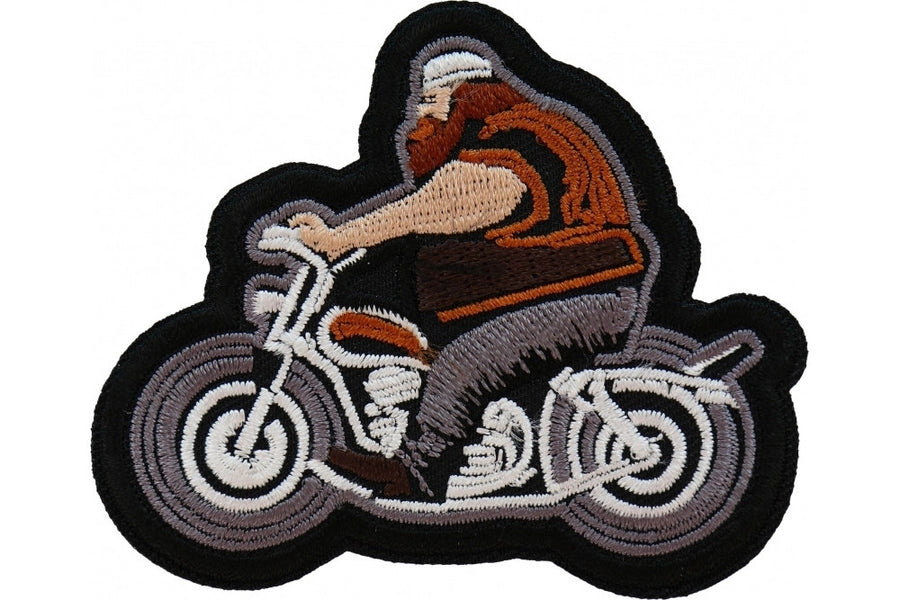

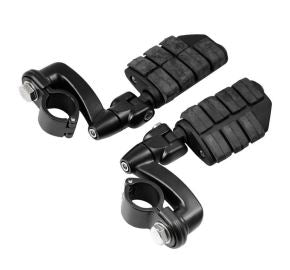


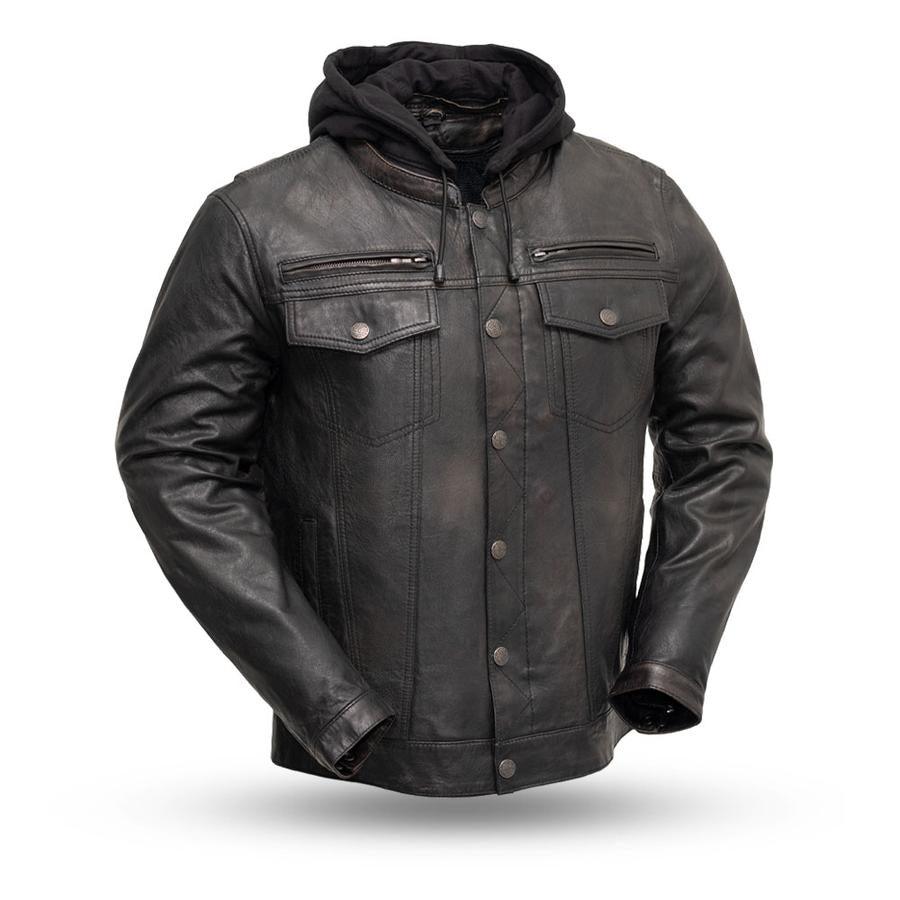
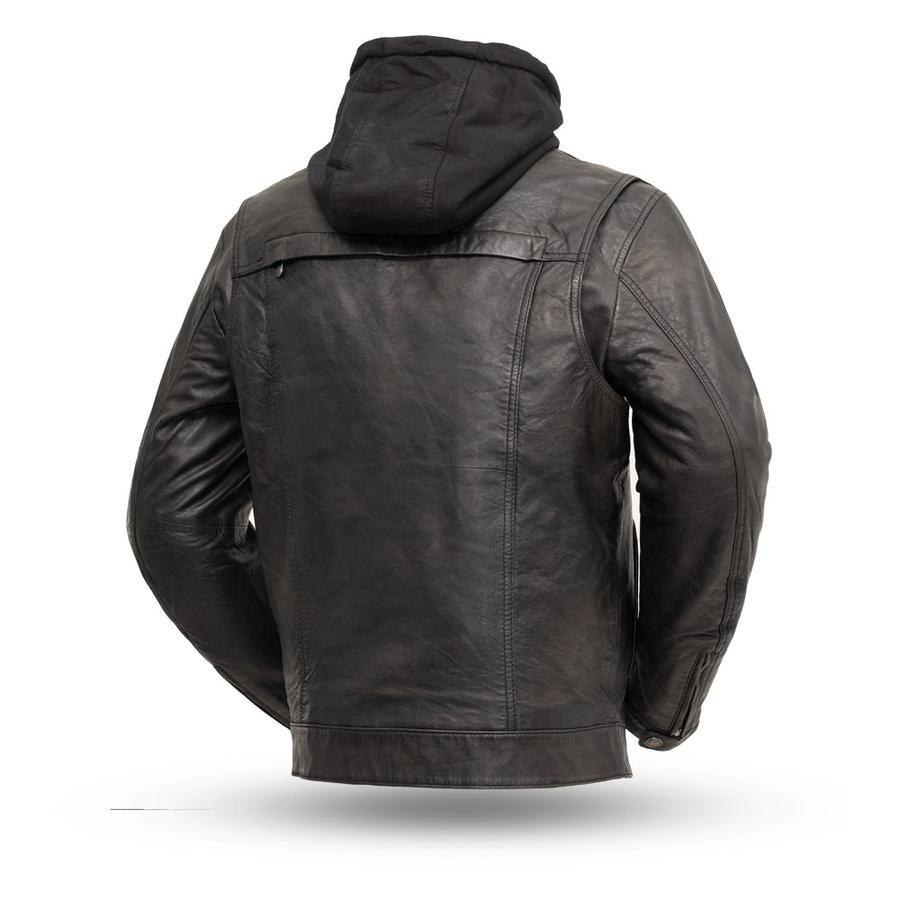
Leave a comment